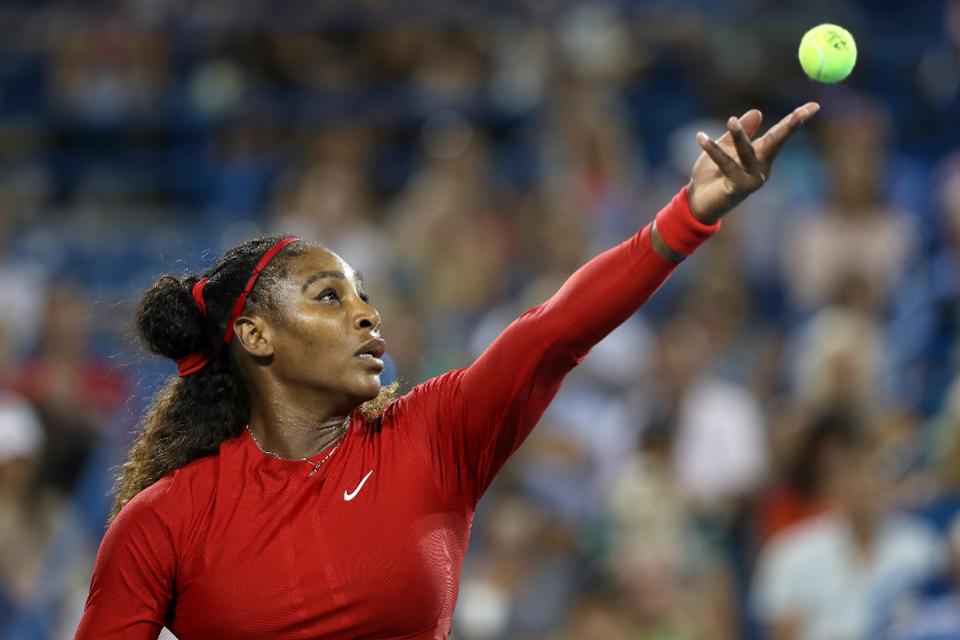The world may seem like a pretty bleak place at the moment with regressive right-wing male leaders coming to power all over the globe. Yet in spite of the current political climate, gender equality has continued to rise in prominence in all industries, especially in the world of sport.
In the USA roughly 20 million viewers tuned in to watch their women’s national team win yet another World Cup, making it the highest watched football (sorry, it’s not soccer) match in the country.
People around the world are beginning to stand up and take notice of women’s sport, giving it an encouraging platform to build upon. In this article, we take a look at the three key areas in which women’s sport is fighting for equality.
Media Coverage
For decades the arguments against women’s sports have rarely changed, “no-one wants to watch it” yell the critics. 10 years ago that may have seemed like a sound argument, as viewing figures and attendance in stadiums were minuscule compared to men’s sports.
However, that didn’t tell the full story. Fewer people took an interest in women’s sports because of the media coverage that surrounded it. In the UK the women’s national football team would be lucky to find themselves covered alongside Crown Green Bowls and Snooker, hidden deep within the middle pages of the papers.
In recent years the media have taken the conscious decision to devote more coverage towards female sports. Rather unsurprisingly, that has resulted in more and more people watching women’s sports on TV and attending games in person.
Podcasts like The Guardian’s Football Weekly have led the way in their coverage of the women’s game. Rather than producing a second-rate spin-off show to cover women’s football, they dedicate their main show to discussing all the goings-on in the women’s game.
This is just one example of the inclusive media coverage that female sports have enjoyed in recent years. It has been fundamental in not only legitimizing women’s sports to many skeptics but in bringing it to a wider audience.
Female sports increased coverage has even led to the vast majority of disciplines being covered in 888 sports betting. To be featured as a headline sport with one of the biggest bookmakers in the industry is a testament to female sports rise to prominence in recent years.
Sponsorship
Corporate sponsorship of any sport goes hand-in-hand with media coverage and public popularity. There’s a very good reason behind the multi-million dollar sponsorships of the male Champions League and the peanuts paid to sponsor the Football League Trophy/Checkatrade Trophy/Leasing.com Trophy…
Fewer people watch the Football League Trophy, so in turn, the sponsorship deals are substantially lower than higher profile competitions. It has been much the same for women’s sport in recent decades.
However, the recent explosion in the popularity of women’s football has led to staggering new financial sponsorship deals. Earlier this year banking giants Barclays took the decision to sponsor the Women’s Super League in a £10 million deal.
In comparison to the billions spent on men’s football sponsorship, it is a drop in the ocean, but it is still a step in the right direction. Barclay’s deal with the Women’s Super League is the largest corporate investment in British women’s sport ever.
It’s important to remember that this deal isn’t a final achievement, it’s merely a start on the road to wider appeal and exposure for the women’s game.
Equal Pay
One area that is still dramatically lagging behind in female sports is the issue of equal pay for athletes. In commercially dependent areas such as women’s club football, there is no issue with a difference in pay.
More people watch men’s football and more companies invest in it resulting in the players receiving higher salaries. That’s not a matter of debate, and it is certainly not the reason that women around the world are railing against the pay gap.
The issue comes in sports that are funded directly by national governing bodies, like for example national teams… Despite being incredibly more successful than their male counterparts, and bringing in higher viewing figures the US women’s football team is still paid less than their male counterparts.
This rubbishes the free-market economics argument that dictates that athletes should be paid what they’re worth, what they bring in, in terms of revenues. It’s not just in America that there is a disparity between mens and women’s teams, its a problem that is prevalent all around the world.
Too many governing bodies still view women’s sports as a secondary concern and as such dedicate less of their funds to females. Of course, moves are being made to redress the gender pay gap, but until major changes are made women’s sports will remain marginalized across the globe.












